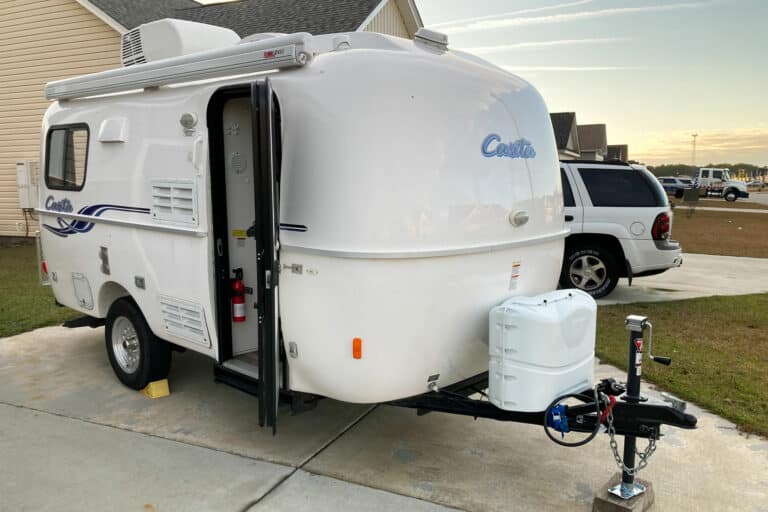Grandmother moves into tree in an attempt to stop the Mountain Valley Pipeline
A 44-year-old grandmother in Montgomery County, Va has taken up residence in a tree near Elliston, Va to protest the Mountain Valley Pipeline. The tree sits in the path of the pipeline, which will run 303 miles from northwestern West Virginia to southern Virginia. Crystal Jean Mello, a mother of two and grandmother of one, climbed the tree last Saturday. She says she has lived in Southwest Virginia for most of her life and, according to Appalachians Against Pipelines (AAP), is concerned about the destruction at the hands of the pipeline company, calling recent protests and ended in felony charges against the protestors “intimidation tactics.” “They want to call these young people terrorists? Well, I’m Nana, and a cleaning lady, and I stand with them,” Mello told the AAP. “They want us to be hopeless and feel like big business will always win. But we can all do little things and create big change together. Change that can beat this pipeline. We are still here.”
Blue crabs are making a comeback in the Chesapeake Bay
An annual survey of blue crabs in the Chesapeake Bay shows that the crustacean has reached the highest population in seven years. The healthy crab population rose 60 percent in the last year to reach an estimated 594 million crabs. A winter survey showed twice as many juvenile crabs this year than last year and spawning-age female crabs have increased by 30 percent. Strict harvesting restrictions were put in place in Maryland and Virginia in 2008 after the blue crab population fell to troubling lows. Efforts to reduce pollution in the watershed have also contributed to the growing population numbers. “The blue crab population is both healthy and thriving,” Maryland’s natural resources Secretary said in a statement. “Which is great news for the entire bay.”
EPA ends funding for kids’ health research centers
The EPA will stop funding for a network of research centers responsible for studying environmental threats to children’s health, putting at risk a series of long-running studies that look at pollution’s long-term effect on children. There are 13 Children’s Environmental Health and Disease Prevention Research Centers across the U.S. that are jointly funded by the EPA and the Department of Health and Human Services’ National Institute of Environmental Health Sciences. For more than 20 years the research centers have studied things like childhood leukemia, maternal health and autism. The existing funding for the centers is set to run out by the end of the year and many of the center’s programs are now scrambling to make up the funding shortfall. Critics call the move a part of the Trump administration’s effort to downplay science that could lead to stricter pollution regulations.








